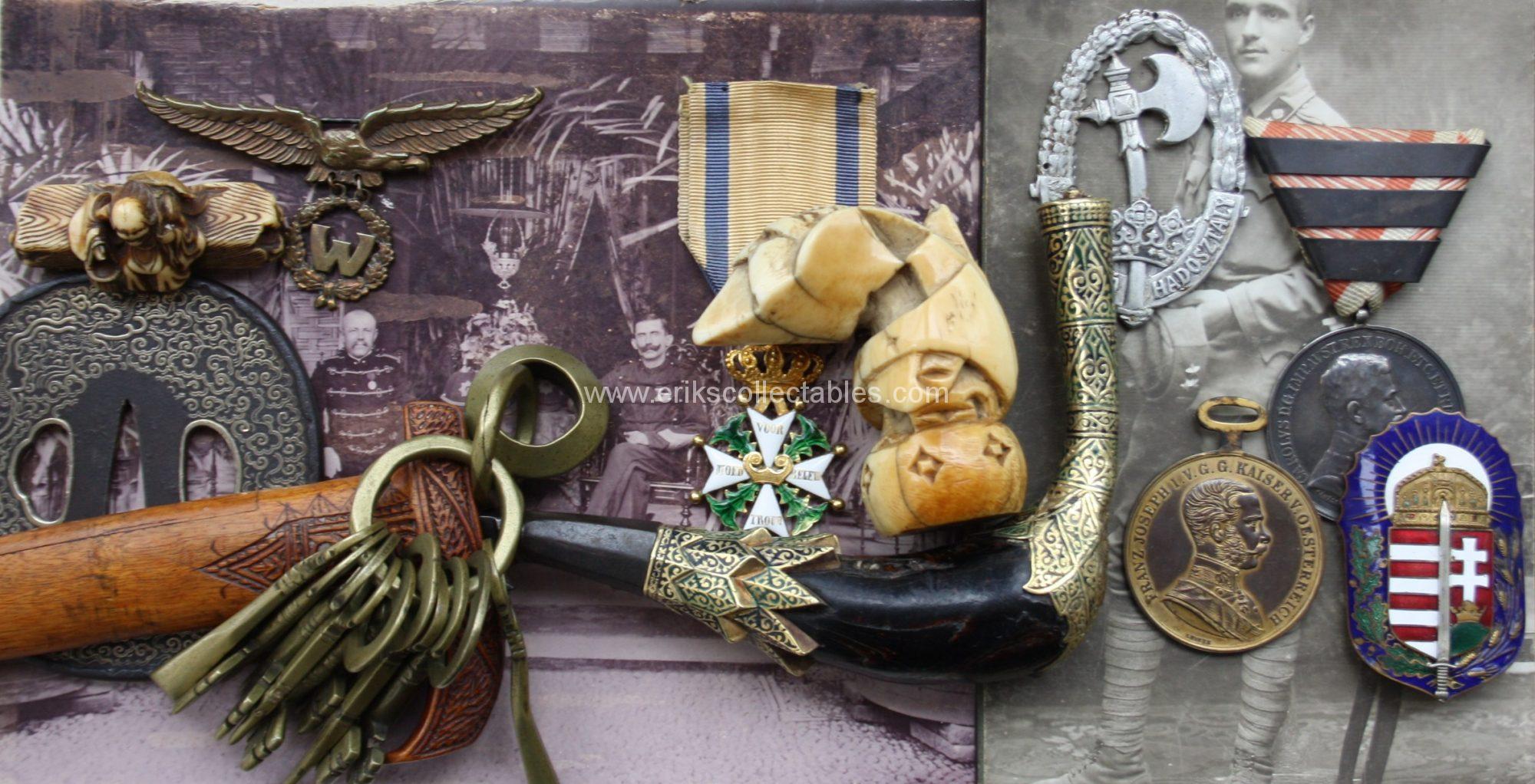In two seperate instances I was able to buy the logbooks and some related papers of the same naval aviator, T.W.D. Quiné. The papers and first logbook shows that he started in a Signals (Telegrafist) role in 1947 with a commitment for 6 years
In 1949, after only 2 years in this role he was already reassigned to flight school in order to become a naval pilot. He had to quit his old role an sign again for 6 new years in his new role.
The first logbook makes it possible to follow his training in different types of aircraft and his first solo flight on October 15th 1949.

As it seems he made a mistake during training that was bad enough to get a full page in his training logbook. He forgot to switch in time to the full tank due to which he had to make an emergency landing that badly damaged his (Harvard) aircraft. It also contains a sort of compliment: he completed the emergency landing relatively well….

The later part of the first and all of the second logbook that continues to the end of his naval career in 1956, after completing his 6 years, show his regular flights for the navy. Mainly he flew in Catalina aircraft both in the Netherlands and in and to the Dutch colony of New Guinea.
He also flew on the P212 that is now the last Catalina in the Netherlands and is currently being restored by the Military Museum.
The flights include all sorts of activities as shown on a few pages here:


After completing his naval period he became a regular civil pilot. First continuing to fly in New Guinea for a local airline, de Kroonduif, until the colony was taken over by Indonesia in 1962 and the company ceased to exist in 1963.

He did his civil pilots exam (B3) in the Netherlands in 1963 and continued to work abroad for several airlines as this letter from 1969 in Kenya shows.
So far I have not been able to find a photo or any information on the latter part of his career so I hope to add more information in the future!









































































































